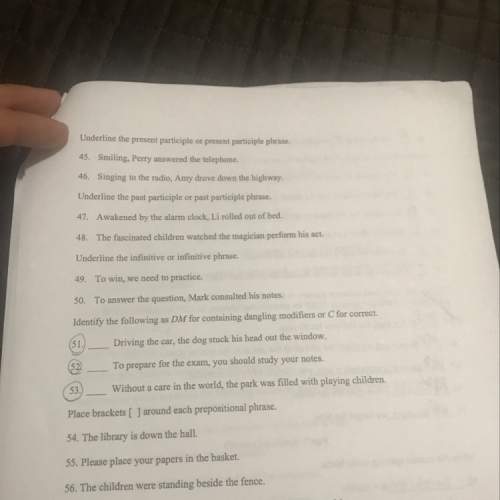
An Inconvenient Truth, Al Gore's movie on global warming, is now the fourth-largest-grossing documentary of all time. But apparently, it isn't young adults who are paying the price of the ticket—or, more important, taking the truth about the environment to heart.
In fact, the inconvenient truth today is that youths' willingness to conserve gas, heat and energy has taken a steep plunge since the 1980s. According to data from Monitoring the Future, a federally funded national survey on trends in the attitudes, values, and behavior of high school seniors since 1976, there has been a clear decline in conservation behavior among 18-year-olds over the past 27 years; although, we are not yet sure whether these attitudes follow youths into adulthood. One of every fifteen teens participates in conservation. Compare that to one in five during the 1970s. This decline, interestingly, is coupled with a rise in materialistic values.
In fact, trends in materialism and conservation are highly related. At times when youths place higher value on material goods, they are also much less likely to say they would conserve resources. And when youths are more materially driven, they are also less likely to believe that natural resources will become scarce in the future. Since the 1990s, the trends in materialism seem to have topped out at a steady high level. The willingness to conserve keeps declining. These opposing values should raise a red flag about the consumer culture and its influence on youth.
Youths also believe that government is more responsible for the environment than they are personally. When they think that the government's role in solving environmental problems is declining, so does their belief that they, personally, must do their part to save the environment.
Conservation is a collective responsibility. Likewise, in the minds of youth, their own actions to preserve the environment are linked to their view of the government's role in environmental conservation. Indeed, environmental attitudes of youth seem to mirror the opinions of those in the White House at the time. The highest levels of conservation took place in the mid-to late 1970s when President Carter was asking citizens to be responsible for conserving resources.
The steepest decline in conservation took place during the Reagan administration. That administration has been widely criticized for its environmental policies. Willingness to conserve enjoyed a slight surge around 1992, when President Clinton first took office. This increase was short-lived. (Mr. Gore must not have been speaking up too loudly about the environment back then. )
The good news in these trends is that when government responds, so do youth. If our country's leaders follow the example of Mr. Gore and start to genuinely explore real solutions, it's likely that young people will follow suit.
Policymakers and elected officials might also want to note that when youths think conservation and pro-environmental attitudes, they are more likely to engage in conventional politics, from writing to officials to giving money to a political campaign, or working on a campaign.
Mr. Gore argues that in America, "political will is a renewable resource. " Perhaps one way to renew this resource is to start focusing more on young people and their understanding of, as well as contribution to, environmental problems.
Which of the following statements supports the author's claim that "conservation is a collective responsibility"?
A.
The steepest decline in conservation took place during the Reagan administration.
B.
These opposing values should raise a red flag about the consumer culture and its influence on youth.
C.
This decline, interestingly, is coupled with a rise in materialistic values.
D.
And when youths are more materially driven, they are also less likely to believe that natural resources will become scarce in the future.
E.
The highest levels of conservation took place in the mid-to late 1970s when President Carter was asking citizens to be responsible for conserving resources.

Answers: 3


Another question on English

English, 21.06.2019 23:10
How can behavioral science be applied in improving public health? a.by tracking a disease to determine its sourceb.by creating promotions that improve health habitscboth by tracking a disease to determine its source and by creating promotions that improve health habitsd.neither by tracking a disease to determine its source or by creating promotions that improve health habits
Answers: 1

English, 22.06.2019 01:00
Based on how the stage directions are used in this excerpt from act 1 scene 1 of richard iii what was likely the main purpose of providing stage directions in drama
Answers: 3

English, 22.06.2019 03:30
Preview the following sentence and identify the meaning of the underlined word in the sentence. the brain was riddled with holes, it looked like a sponge. a. bridled c. perforated b. pierced d. b and c select the best answer from the choices provided a b c d mark this and return
Answers: 1

English, 22.06.2019 08:00
Analysis that compares and contrasts the way two myths show one important feature of their culture
Answers: 2
You know the right answer?
An Inconvenient Truth, Al Gore's movie on global warming, is now the fourth-largest-grossing documen...
Questions



History, 19.03.2020 02:46

Advanced Placement (AP), 19.03.2020 02:46


Mathematics, 19.03.2020 02:47


Mathematics, 19.03.2020 02:47

Mathematics, 19.03.2020 02:47




Chemistry, 19.03.2020 02:47



Mathematics, 19.03.2020 02:47

Biology, 19.03.2020 02:47






